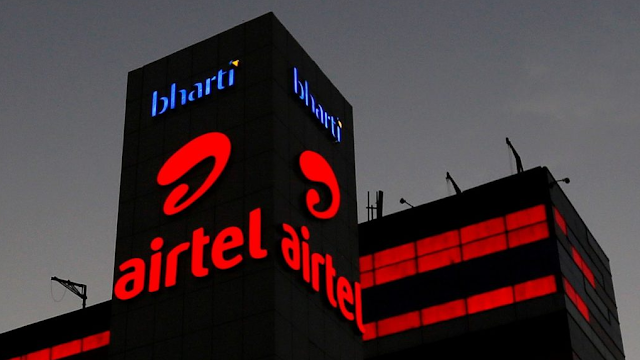Today we’re going to talk about Airtel - The third-largest telco in Africa (& second-largest telco in the world), we’ll discuss its founding, early history, success in India, expansion into Africa, non-telco businesses & end with our views on its future outlook.
Airtel India is the second largest provider of mobile telephony and the second-largest provider of fixed telephony in India and is also a provider of broadband and subscription television services. The brand is operated by several subsidiaries of Bharti Airtel, with Bharti Hexacom and Bharti Telemedia providing broadband fixed-line services and Bharti Infratel providing telecom passive infrastructure services such as telecom equipment and telecom towers. Bharti Airtel Limited is part of Bharti Enterprises and is headed by Sunil Bharti Mittal.
In 1984, Sunil Mittal started assembling push-button phones in India, which he earlier used to import from a Singaporean company, Singel, replacing the old-fashioned, bulky rotary phones that were in use in the country then. Bharti Telecom Limited (BTL) was incorporated and entered into a technical tie-up with Siemens AG of Germany for the manufacture of electronic push-button phones. By the early 1990s, Bharti was making fax machines, cordless phones, and other telecom gear. He named his first push-button phone 'Mitbrau'.
He was one of the first Indian entrepreneurs to identify the mobile telecom business as a major growth area. His plans were finally approved by the Government in 1994 and he launched services in Delhi in 1995, when Bharti Cellular Limited (BCL) was formed to offer cellular services under the brand name AirTel. Within a few years, Bharti became the first telecom company to cross the 2 million mobile subscriber mark. Bharti also brought down the STD/ISD cellular rates in India under the brand name 'India one'.
3G & Airtel
On 30 November 2015, Airtel announced the launch of a network transformation programme called 3G Project Leap. Under the programme, the company will invest ₹60,000 crores over the next 3 years to upgrade its network across India. Airtel will deploy over 160,000 base stations nationwide, and also expand its mobile broadband coverage to over 500,000 villages. Under Project Leap, Airtel will introduce several technologies such as small cells, carrier aggregation solutions, Wi-Fi hotspots, and several different spectrum bands to improve network coverage in indoor areas. The company will also deploy more than 5,50,000 km of domestic and international fibre, and upgrade its legacy networks and base stations over the three-year period.
Airtel in the 4G era
Bharti Airtel, about one-third owned by Singapore Telecommunications Ltd, on 6 August became the first phone services provider to commercially launch 4G services across India, beating existing competitors, including Vodafone Group Plc, and stealing a march over would-be rival Reliance Jio Infocomm Ltd.Bharti Airtel launched 4G services at 3G prices in 296 cities and towns countrywide, and offered users sweeteners, including unlimited voice calls on mobile, along with bundled movies and music, and a mobile app giving users access to a vast collection of videos. With that, India’s biggest phone firm by revenue and subscribers, controlled by billionaire Sunil Mittal, fired the first shot in India’s upcoming 4G war.
Airtel vs Jio
India's overall mobile user base climbed by 1.2 million in November to 1.167 billion, partly helped by Jio and Airtel customer gains. Jio and Airtel have also grown their rural mobile user bases to 185.89 million and 171.32 million respectively, while Vi’s has dipped further to 135.29 million. Trai data showed that Reliance Jio and Bharti Airtel have marginally widened their customer market shares to 36.71% (36.58%) and 30.43% (30.35%) respectively in November while Vi’s narrowed to 22.88% (23.07%). That's all for this post stay tuned to CERadar for more such technology-related facts and updates.





0 Comments